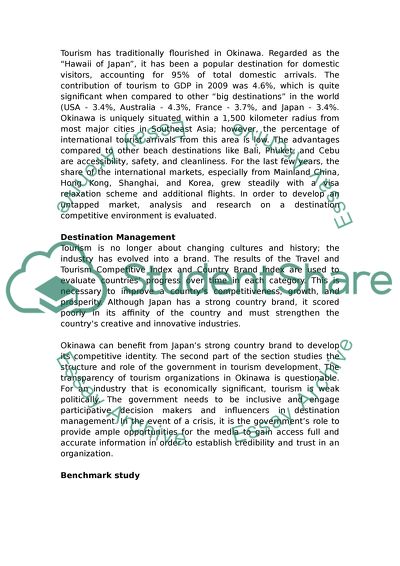Cite this document
(“Destination Management - Japan Essay Example | Topics and Well Written Essays - 2500 words”, n.d.)
Destination Management - Japan Essay Example | Topics and Well Written Essays - 2500 words. Retrieved from https://studentshare.org/tourism/1400777-destination-management
Destination Management - Japan Essay Example | Topics and Well Written Essays - 2500 words. Retrieved from https://studentshare.org/tourism/1400777-destination-management
(Destination Management - Japan Essay Example | Topics and Well Written Essays - 2500 Words)
Destination Management - Japan Essay Example | Topics and Well Written Essays - 2500 Words. https://studentshare.org/tourism/1400777-destination-management.
Destination Management - Japan Essay Example | Topics and Well Written Essays - 2500 Words. https://studentshare.org/tourism/1400777-destination-management.
“Destination Management - Japan Essay Example | Topics and Well Written Essays - 2500 Words”, n.d. https://studentshare.org/tourism/1400777-destination-management.


